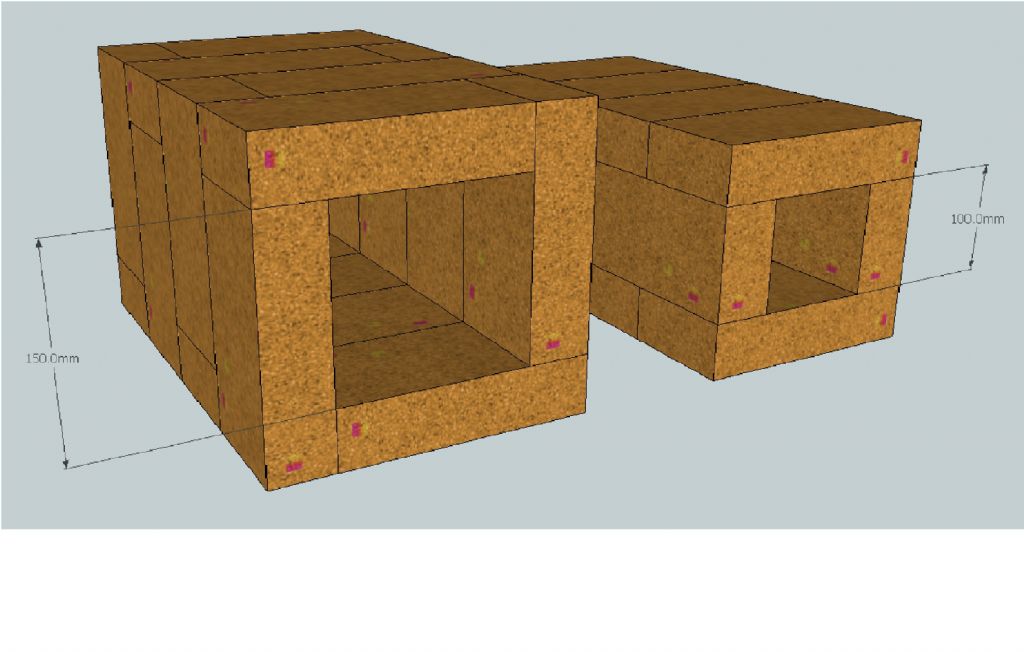Posted by ChrisB on 15/12/2019 13:48:48:
I'm getting confused, not sure if I'm looking at the same thing as prices vary quite a bit. The one you linked Jason **LINK** 230x115x25mm costs 12£ each. Are these the same? **LINK** These are the same size but cost 22£ for qty10. Am I looking at the same thing?
It is confusing!
First off, there are two very different types of firebrick. One is designed to absorb heat and is used in night-storage heaters, reverberatory furnaces and maybe in chimneys. Useless for making forges because they soak up expensive heat like a sponge. Nearly as good as a bucket of water. The other is insulating bricks, but these come in a wide variety, depending on what they are for:
- From an ordinary building merchant, insulating bricks for keeping houses warm. Fairly strong and good insulators, but fire resistant rather than fire-proof. Not ideal for high-temperature work but cheap and available. People use them and seem happy.
- The Spanish items appear to be a strong constructional insulating brick intended for fireplaces and chimneys. They'd be good for building a serious furnace, something intended to take a lot of weight. However, the insulating properties of tough bricks isn't top-notch, and a proper furnace made from them would likely have an inner lining made from something more expensive, see below.
- Various bricks sold for furnace linings, pottery kilns etc. These tend to be soft and porous, good insulators, but constructionally weak. But even the weaker types should be plenty strong enough to to build a basic brazing hearth. Cost varies considerably with temperature resistance and strength: high temperature bricks (1500C) are distinctly more costly than 1000C bricks.
Just a guess, but maybe the Cup Alloys Vermaculite is high-temperature and wear-resistant for workshop use whereas the other type is more domestic. My pottery firebricks make a crumby white mess when moved, possibly Cup Alloys is sterner stuff.
My main problem with brazing isn't the hearth, it's the torch! With an ordinary tin-can torch, I find I need to build a junior igloo over and around the job, otherwise heat escapes so quickly it's hard hold the required temperature for long enough. Fumbling not tolerated! My feeling is a small torch needs all the help it can get from a well-insulated hearth, whilst a big torch will cope with a bigger hearth even if it's insulating bricks aren't top notch.
Beyond that I don't think the type of insulating brick is particularly mission critical unless very high-temperatures are needed. Just don't use ordinary bricks, especially if damp, or – far worse – heat-absorbing fire brick.
Dave
ChrisB.





